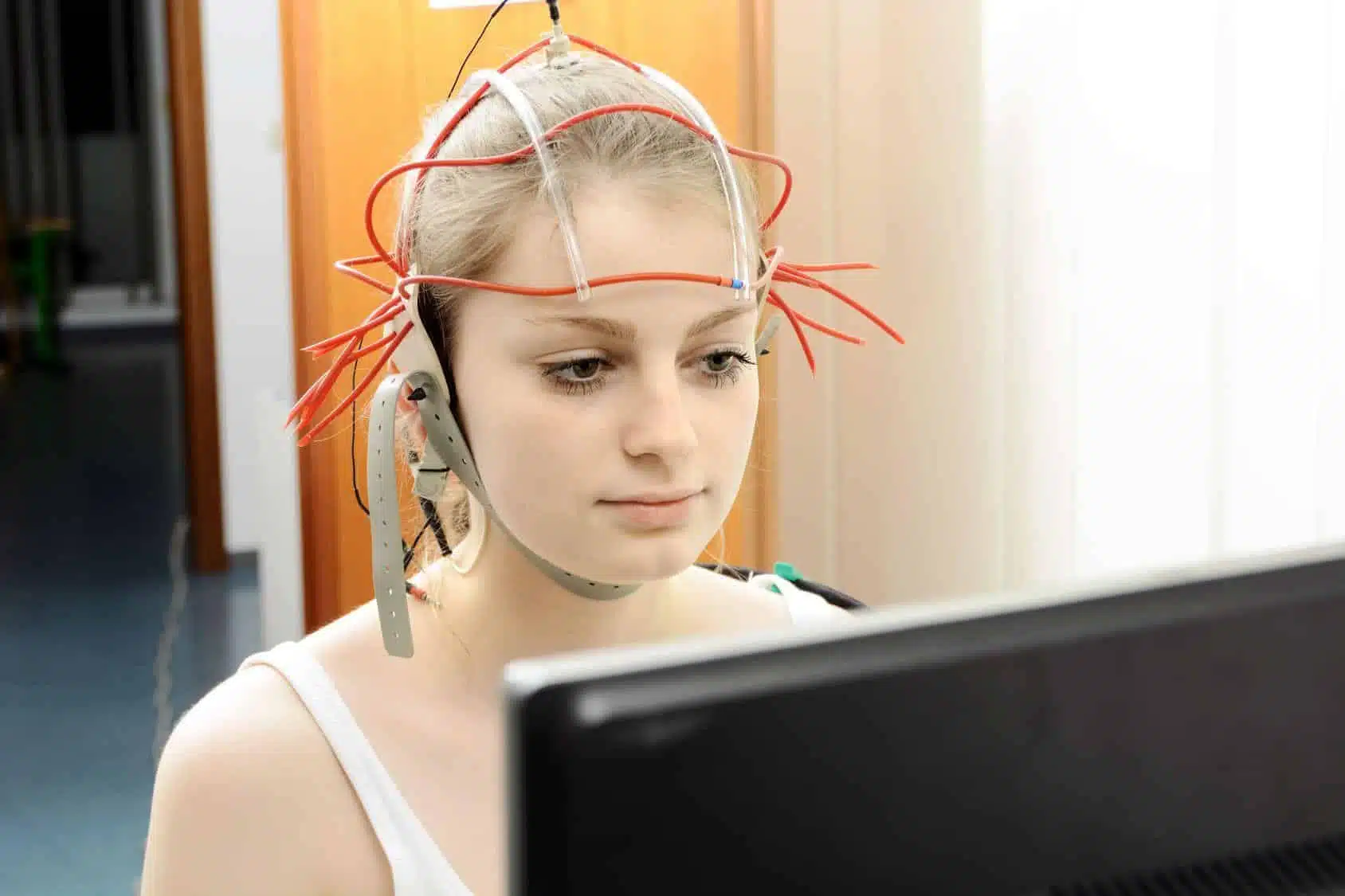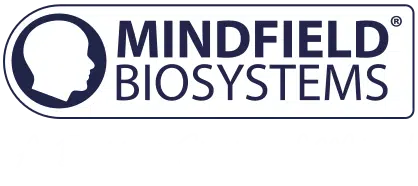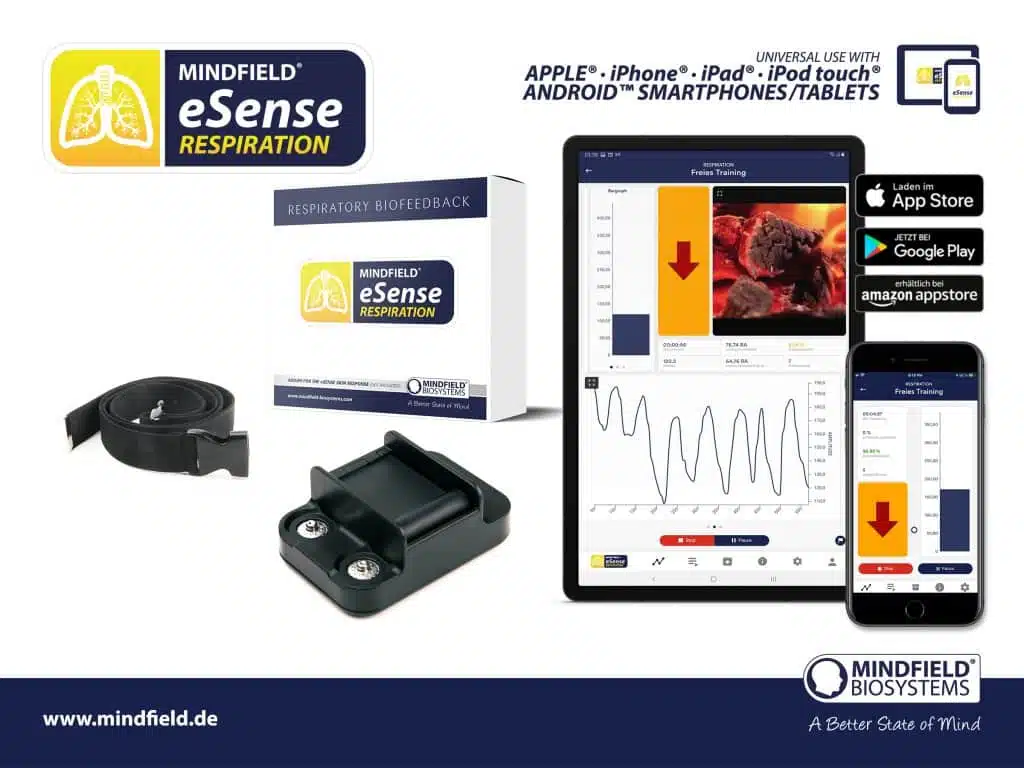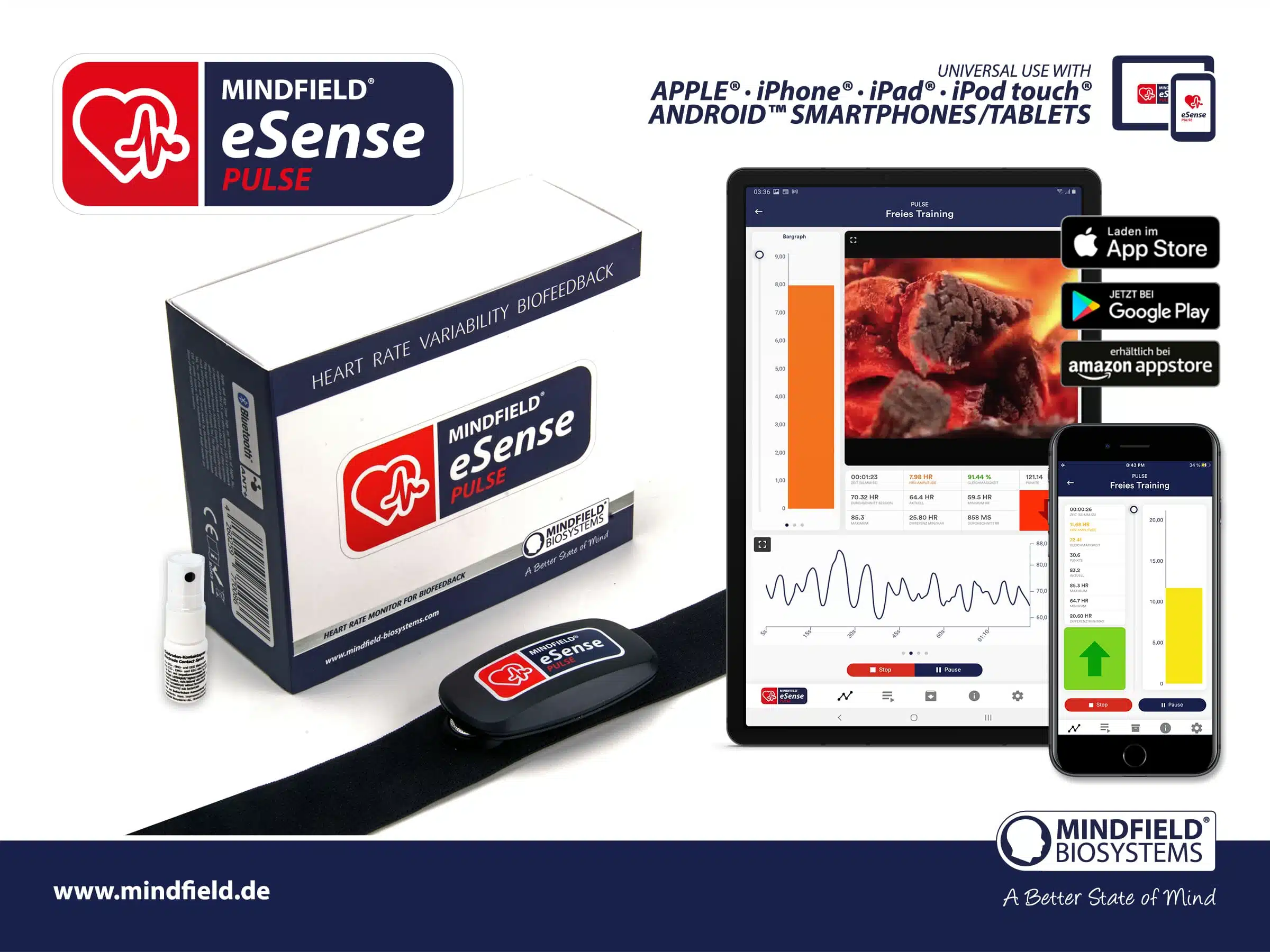
Possibilities of breath training
Areas of application and potential of breath feedback training
Breath feedback training has varying degrees of potential in these four categories:
- Preventive (preventive)
- curative (treating)
- rehabilitating (recovering)
- increasing (expanding)
Breath feedback training can be applied in completely different areas of life, so a breathing exercise can both preventively calm or, for example, after a strong stress stimulus (tantrum) has occurred, quickly counteract it, i.e. treat and thus end. On the other hand, skills can be expanded in the area of a hobby or sport, or everyday life can generally be made more relaxed and restful through meditation exercises. Individual approaches are shown below, but the possibilities of breath training are very diverse and also individual.
In almost all cultures, special breathing techniques have been used for both spiritual and medical purposes, in some cases for thousands of years. For example, the chants in many churches and temples have an extraordinarily strong ‘breathing component’ in addition to the group dynamic. This is due to the enormous possibilities and powerful implications of breathing, both on a physical and psychological level.
How does breathing training help in the long term?
Training your breathing has a big impact on you and your life in the long term, as breathing plays a very important role.
You can develop skills to better cope with certain situations in your life through individual exercises. As already mentioned, you can, for example, train yourself to ‘come down’ faster when angry by breathing deeply and slowly.
Beyond these individual situations, however, one generally develops a more conscious feeling for the body. This improved perception can enable you to assess yourself more accurately. You can increase your awareness of your body with this.
However, breathing training can also have physiological effects. Improved breathing can lead to better performance in sport if you can actively adapt your breathing to the circumstances you need.
You can also try to separate yourself from badly trained breathing patterns. (For example, a very long stuffy nose in childhood or the wrong trained breathing through the mouth).
In the long term, you can also target your breathing for specific purposes. A good example of this is meditation or improvement in singing or drama.
What are biofeedback devices?
A large number of suitable devices are available, some of which can transmit your data to a display device wirelessly via WLAN or Bluetooth, and some devices are now small and inconspicuous, so that they can also be used in everyday life without any problems. When using it in everyday life, however, it should be borne in mind that the feedback must be direct in terms of time. Headphones in the ear, which give a signal when breathing is too fast, are considered to be biofeedback in the classic sense. A fitness bracelet that collects data throughout the day and creates statistics in the evening is not.
A Biofeedback device can be bought for professional use by doctors, psychotherapists and biofeedback therapists as well as for home use. Both uses have their advantages, often a combination is worthwhile, i.e. first a session together with a professional and then home training guided by them.

Breath training, concentration, creativity and relaxation
All these things are more closely related to breathing than you might first suspect. You have probably noticed that you breathe evenly and calmly when you relax? But have you ever noticed how you breathe in a state of deep concentration? Presumably you have not.
That is normal and actually a good thing. Because this means that when you are concentrated, it is difficult for you to be distracted (by breathing), but deep and healthy breathing also allows you to relax particularly well.
The biggest and best known is probably the use of breathing for relaxation. However, this does not mean that the other areas should be neglected because of this. In this context, further research is worthwhile, especially for advanced students in the respective fields.
In 2014, a study (“Study of Brain Activity Analysis of Deep Breathing“) investigated the connection between deep breathing and brain activity. Good, deep breathing can have a positive effect on health and stress levels, according to a statement in the study.
Breathing and heart coupling
When looking at heart rate variability (HRV), there is a clear correlation with breathing. These fluctuations can be rhythmised and brought into coherence. In the long term, this also has positive effects on the heart. In interaction with the lungs, you can thus train almost the entire cardiovascular system.
Our eSense Respiration breath feedback device can optionally be used simultaneously with the eSense Pulse. This enables the training of the coherence between breathing and heart rate variability (HRV).
A high adaptability of your heart (or in other words, a high HRV) means that your heart does not need to beat as often in quiet times, but still beats fast enough in times of high energy demand. The same applies to the frequency of breathing.

Breathing and neurofeedback
Neurofeedback training is a separate discipline that evaluates brain activity. The method of neurofeedback therefore provides relatively direct information about our thoughts and the way in which they stress the brain. Particularly experienced users can use neurofeedback in addition to the breathing exercises during a meditation. This can indicate special information about the success of the exercise. Breathing exercises are also often used in such focus exercises, as one can actively control the breath.
Sleep and breathing
During sleep, one has no active influence on breathing, this makes immediate control almost impossible. In the long term, however, the breathing patterns that one has become accustomed to and trained during the day are also used by the body for the night.
For example, everyone is probably familiar with the rather poor sleep one experiences on days of illness (for example, a cold).
Sleep is synonymous with a phase of recovery for the body; not only are biological repairs carried out here, but the mind also works (in phases) on completely different levels to process what it has experienced during the day.
Breathing is therefore an important part of sleep. Neglecting this can lead to lack of energy, sluggishness or simply fatigue in the long run. A good example of this is snoring.
If you breathe well during the day, you are more likely to automatically breathe better at night. This way you get out of bed feeling refreshed and well rested.


Breath feedback training as the key to your hobby
Breathing is a central element in many sporting activities, this is obvious. But can breathing also help with less obvious hobbies like chess?
Another large field of “hobbies” is spirituality. We have already mentioned meditation above. Spiritual rituals often try to create a certain state of ecstasy in order to then experience a bonding, or resolution experience. All kinds of techniques are used here, but above all breathing.
But many other hobbies also need breathing for more than just oxygen supply. Any hobby that can evoke strong emotions can indirectly benefit from breath training.
Hobbies that require our concentration and the full power of our mind, such as chess, benefit from good breathing.
Also, any hobby that requires the voice to a great extent often benefits extraordinarily from good breathing. It is not for nothing that there is special breathing training for professional speakers and for any kind of singing.
It is important to approach specific breathing training for the discipline and hobby in question. But also a general breathing training makes the learning process in the special training a lot easier. Someone who breathes well from the ground up will find it easier to swim or sing anyway.


